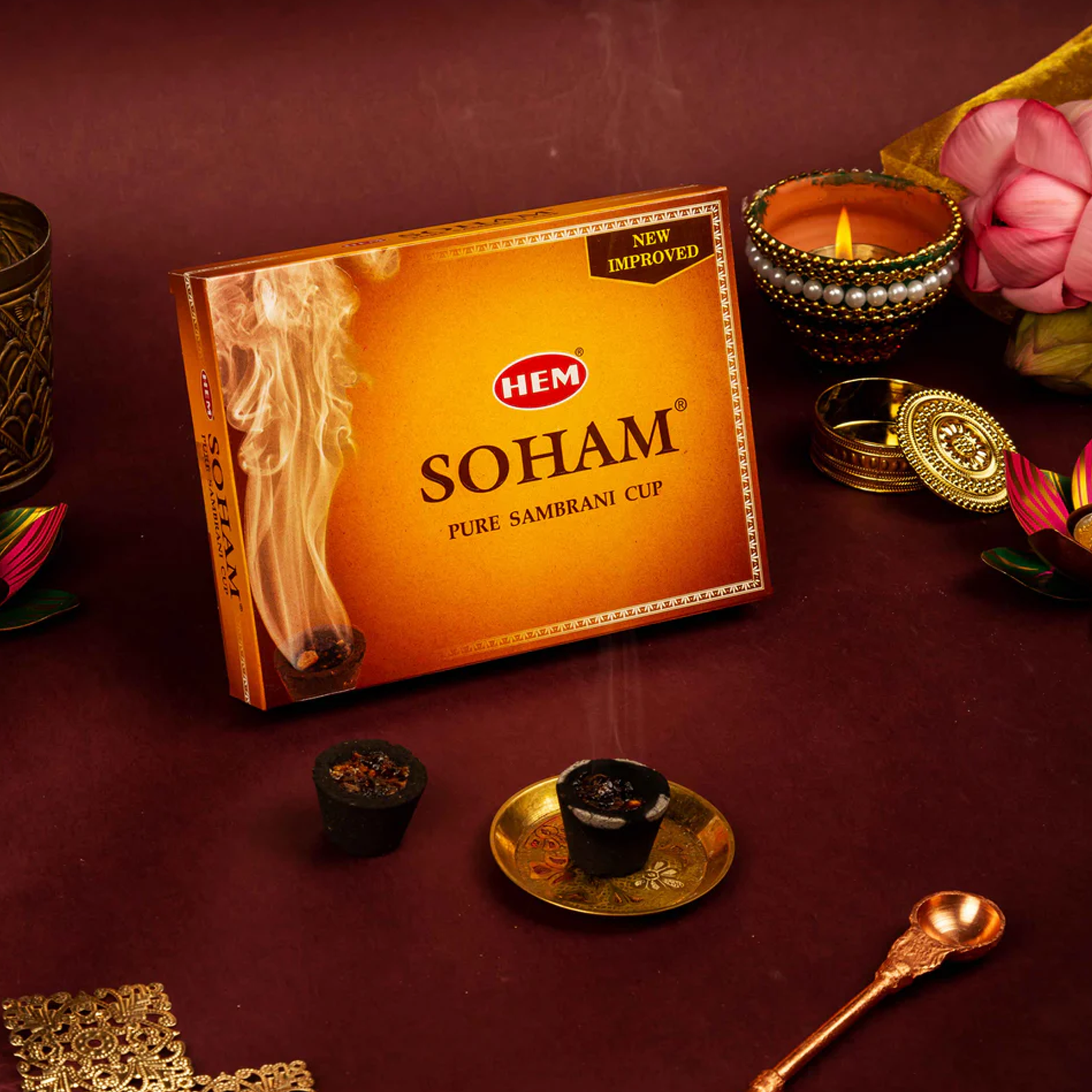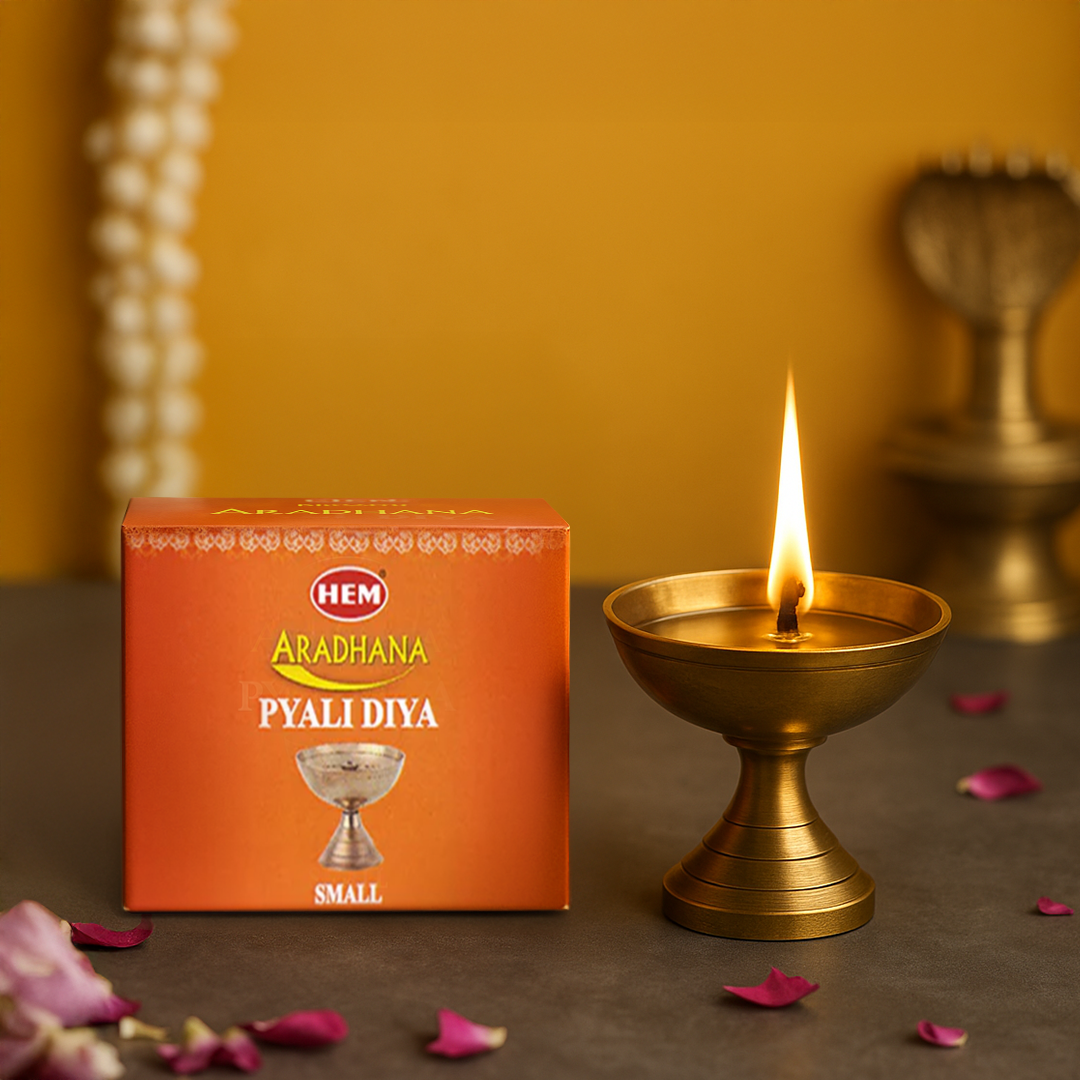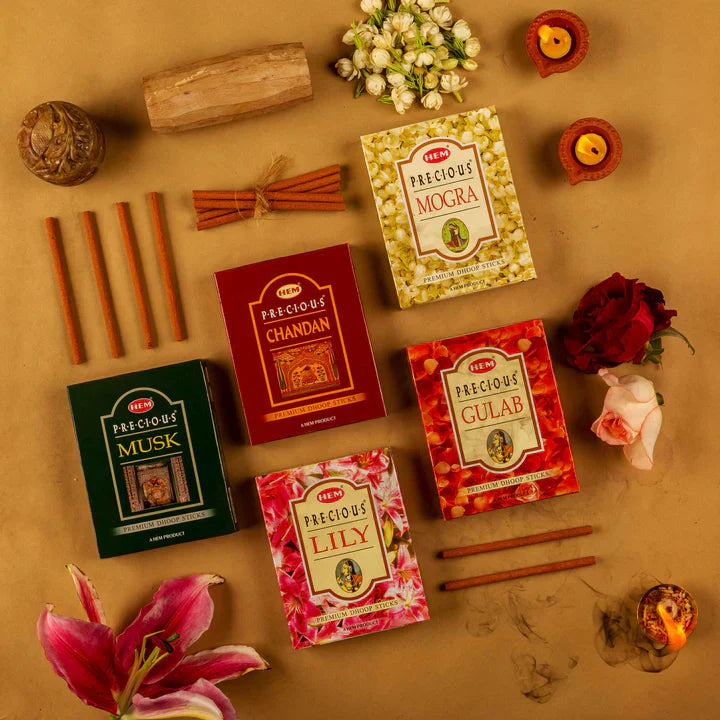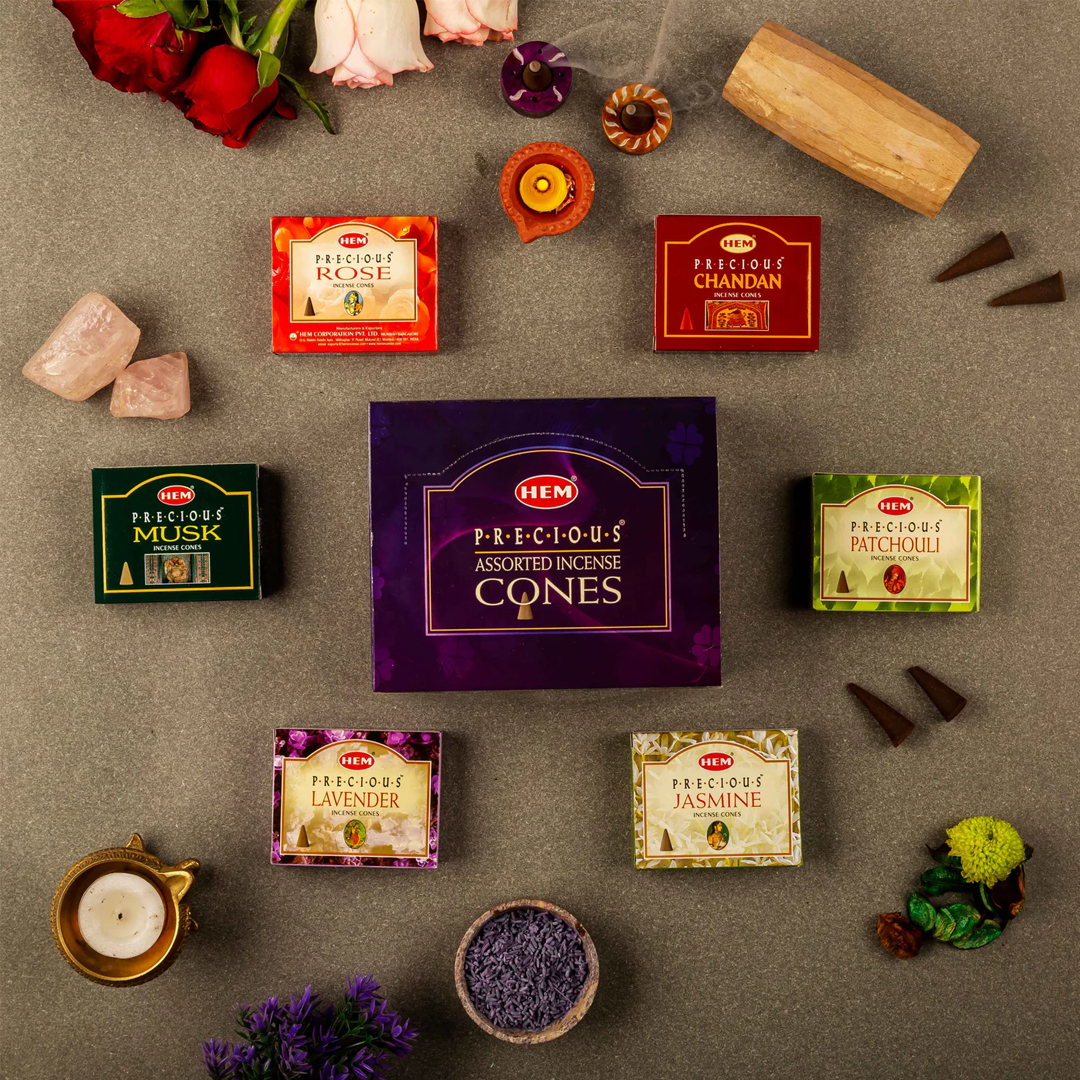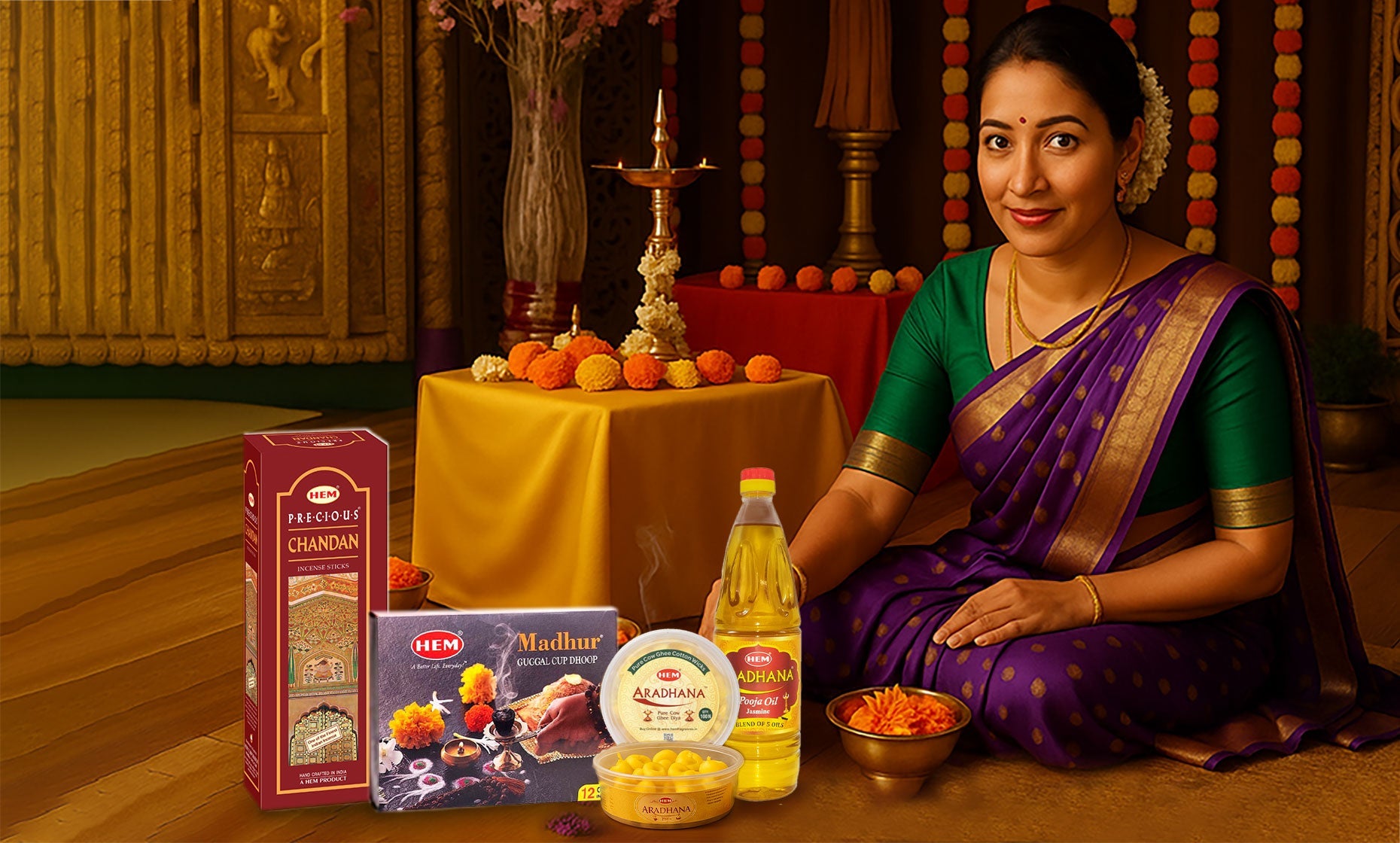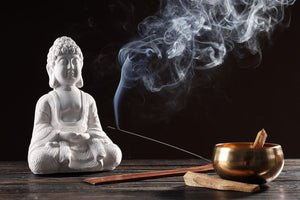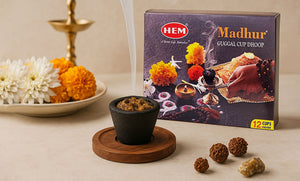Planning a wedding ceremony comes with a long list of responsibilities, especially when it comes to religious rituals. If you're feeling overwhelmed by all the things you need to arrange, you're not alone. One of the most important parts of any Hindu marriage ceremony is the pooja, and that means having the right samagri ready. Without it, even a well-planned ceremony can feel incomplete.
So, if you’re helping with wedding arrangements, or you’re a family member trying to make sure everything goes smoothly, this list will help you get all the necessary pooja items in one place. Let’s walk through everything step by step so you don’t miss a thing.
Essential Pooja Samagri for Marriage
Here’s a list of essential pooja samagri for a marriage and why each item is needed:
Core Items:
- Kalash (Sacred Pot): This is filled with water, placed with mango leaves and a coconut on top. It’s kept near the mandap to invite all devtas before starting the pooja.
- Mangalsutra: This is tied by the groom around the bride’s neck. It’s part of the main ritual and shows that the marriage is now complete.
- Sindoor (Vermilion): This is applied by the groom in the bride’s maang during the kanyadaan or saat phere. It’s a sign of marriage.
- Haldi (Turmeric): Used in the haldi ceremony before marriage. It is applied on bride and groom as shuddhi (cleansing) and to prepare them for the rituals.
Additional Items:
- Coconut, flowers, betel leaves, and supari (betel nuts): All these are used in almost every step of the pooja for offering to devtas and during sankalp.
- Incense sticks, ghee, rice, and sugar for havan rituals: These are used while doing the agni pooja. Ghee is poured in the fire, rice and sugar are used for ahuti.
- Sacred thread (Mauli) and puffed rice: Mauli is tied on hands during sankalp for protection. Puffed rice is offered into the fire during phere.
Special Items for Havan:
- Havan Kund, dry coconut, and Panchamarit (milk, curd, ghee, honey, sugar): Havan Kund is for lighting agni. Dry coconut is offered as ahuti. Panchamarit is used for abhishek and to offer to devtas.
- Garlands: Garlands are exchanged by bride and groom during varmala.
Take Your Wedding to the Next Level with HEM Pooja Samagri
When you're preparing for a marriage ceremony, using the right products can really make a difference in creating a spiritual atmosphere. HEM Fragrances has everything you need to enhance the sacred vibe and bring a sense of peace to the occasion. Here’s how our products can add to your rituals:
- HEM Aradhana Pooja Samagri : This is a ready set with all the basic items needed for the pooja. No need to run around looking for small things. It’s all packed and ready to go.
- HEM Aradhana Pooja Ghee: Pure ghee is always needed for havan and diyas. This one is made just for pooja use.
- HEM Aradhana Hawan Samidha: Comes with properly dried and cut wood sticks for havan. No extra prep needed.
- HEM Aradhana Moli Kalava (Moli Thread): This is the sacred red thread you tie during sankalp. It’s clean, fresh, and packed for pooja use.
- HEM Aradhana Pyali Small Brass Diya: A small brass diya you can use for lighting in the mandap or at the start of any ritual. Sturdy and reusable.
- HEM Pure Cow Ghee Diya: These are ready-made ghee diyas. Just light them directly—no need to pour or prep. Great for morning and evening aartis during marriage rituals.
- HEM Aradhana Pooja Thali Set: This thali has a proper space for everything—diya, kumkum, rice, and other items. It keeps things organised and neat.
- HEM Aradhana Gangajal: You always need Gangajal to purify the space and start the pooja. This bottle is easy to use and packed hygienically.
- HEM Aradhana CamphorHEM Aradhana Bhimseni Camphor: Whether for daily aarti or havan, this camphor lights up quickly and gives a clean flame. Bhimseni is also good for its strong aroma and purity.
- HEM Precious Assorted Incense Dhoop Sticks : Comes in different fragrances. You can light these before rituals to create a calm, shubh environment.
Step-by-Step Guide to Using Pooja Samagri
Here's a step-by-step guide to using pooja samagri in the wedding ceremony:
-
Pre-Ceremony Preparations
- Setting Up the Mandap: First, set up the mandap where the main rituals will take place. Make sure the Kalash is placed properly and the sacred fire pit (Havan Kund) is ready. Keep everything in order, from the flowers to the incense sticks, so that the pandit can start the ceremony smoothly.
- Arranging All Items: Place all the pooja samagri like haldi, sindoor, mangalsutra, rice, and coconut in an easily accessible area for the panditji. This ensures everything is ready when needed during the ceremony.
- Navdhanyam (Nine Grains): Make sure you have Navdhanyam (nine types of grains) ready. These are used in different poojas to represent the nine planets.
- Deepams (Lamps): Place the Deepams or oil lamps around the mandap. These are lit before the pooja begins for shubh shuruaat.
- Keep gangajal, clean cloth, and a small thali for each section of the pooja.
-
Key Rituals Involving Pooja Samagri
- Ganesh Pooja: Begin by invoking Lord Ganesha’s blessings for a smooth and obstacle-free wedding. Offer flowers, incense sticks, and modaks (sweet dumplings) to Ganesha. This step is important to seek his blessings before proceeding with other rituals.
- Navagraha Pooja: For the Navagraha Pooja, use rice, betel leaves, and coconut as offerings to the nine planets. This ritual is performed to seek the blessings of the planets for the well-being of the couple and to ensure harmony in their married life.
- Havan Ceremony: The havan is a crucial part of the ceremony. During the havan, offer havan samagri (like ghee, rice, and sugar) into the fire while chanting the appropriate mantras. This is done to purify the environment and invoke blessings from the deities.
- Gathbandhan Ritual: This is the ritual where the bride and groom are symbolically tied together. Use a sacred cloth (usually a dupatta or scarf) to tie them. This represents their union and the bond they are forming in front of the divine fire.
Closing Thoughts
This was the ultimate samagri list for your wedding pooja. With everything laid out clearly, you won’t have to worry about missing anything important. Just keep this guide handy and focus on making the day truly special.

Explore high-quality, thoughtfully prepared Pooja Samagri that honour tradition and enhance every ritual with authenticity and fragrance.

